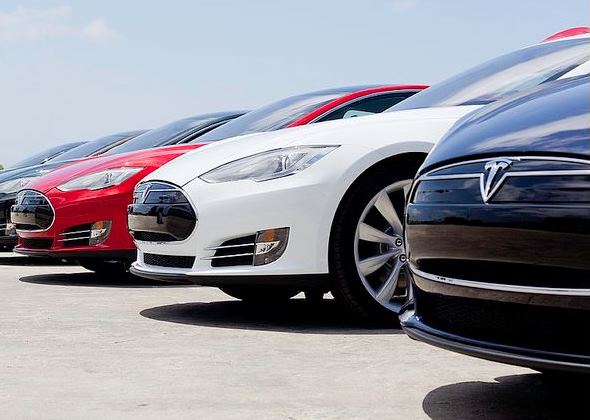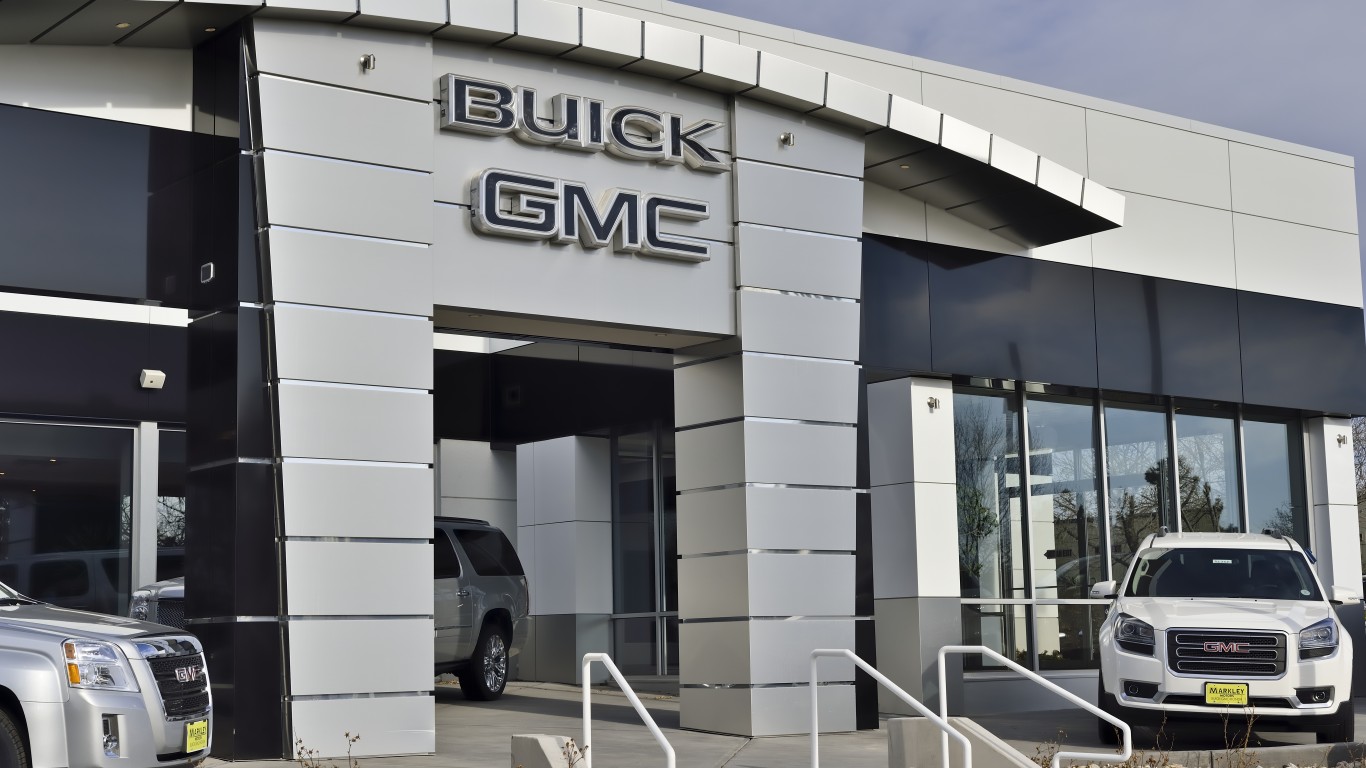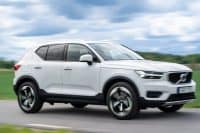Tesla Motors Inc. (NASDAQ: TSLA) disappointed Wall Street with the disclosure it would not sell 55,000 cars this year as previously forecast. The number may be as low as 50,000. Shares collapsed 10% and Tesla lost over $3 billion in market capitalization just after the company revealed the shortfall. Tesla cannot afford a disappointing encore next year. As an early stage company that carries a great deal of investor risk, time is short to prove the value of its business model.
The primary reasons it is hard to forecast Tesla sales are 1) it will have two models for sales in 2016 instead of the one model it sells now, and 2) there is an ongoing concern about Tesla’s production timing. The two issues come together in one product, which is the Tesla X sport utility vehicle. In management’s letter to investors for the most recent quarter, founder Elon Musk and Chief Financial Officer Deepak Ahuja wrote:
As we prepare to launch Model X in September, we are building more validation vehicles, executing final engineering and testing work, enabling our new manufacturing equipment and finalizing arrangements with our suppliers. We have been producing release candidate Model X bodies in our new body shop equipped with more than 500 robots as we fine-tune and validate our production processes.
This means Tesla still has a great deal of work to do in just a few weeks to hit the Model X launch date.
ALSO READ: What Does Tesla Have to Do to Make Wall Street Happy Again?
While there is not a great deal of public analysis of how Tesla’s sales will increase over the next several years, Tesla management claims its Gigafactory will produce 500,000 vehicles per year in the “latter part of the decade.” But what about 2016? Musk and some car experts, who believe his view of Tesla’s prospects, expect the Model X to be as popular, if not more so, than the Model S. If so, and production capacity can come near meeting demand next year, the electric car company should sell 100,000 vehicles. The margin for error is thin. Musk was not clear about why the company will not hit 2015 forecasts, but if demand is strong then the constraint in production has to be the impediment. Right now, a fully functioning, fully completed Gigafactory is dream.
Production problems are not unique to Tesla. The industry in general has not perfected matching production with demand. Case in point, Ford Motor Co. (NYSE: F) continues to miss its production target for the best-selling vehicle in the United States, the F-150 pickup. After more than a century since its founding, the second largest car company in America has harmed itself by missing dates. A young, small car company, with much less experience in production management, can do just a poorly as a large one when it comes to timing of production.
However, Tesla’s biggest enemy is not itself. Every major company in the world would like to have its own versions of Tesla models. Right now, the largest manufacturers in the world are playing catch up. One of them, at least, will match the Tesla formula in the next few years. Tesla’s goal of reaching sales levels close to a million a year will start to boil down to direct competition, as is the case with every other manufacturer.
ALSO READ: Iconic Car Prices Then and Now
There is nothing of substance to keep Tesla from selling 100,000 vehicles next year, if it can launch a new model on time, and then can build it.
Are You Still Paying With a Debit Card?
The average American spends $17,274 on debit cards a year, and it’s a HUGE mistake. First, debit cards don’t have the same fraud protections as credit cards. Once your money is gone, it’s gone. But more importantly you can actually get something back from this spending every time you swipe.
Issuers are handing out wild bonuses right now. With some you can earn up to 5% back on every purchase. That’s like getting a 5% discount on everything you buy!
Our top pick is kind of hard to imagine. Not only does it pay up to 5% back, it also includes a $200 cash back reward in the first six months, a 0% intro APR, and…. $0 annual fee. It’s quite literally free money for any one that uses a card regularly. Click here to learn more!
Flywheel Publishing has partnered with CardRatings to provide coverage of credit card products. Flywheel Publishing and CardRatings may receive a commission from card issuers.
Thank you for reading! Have some feedback for us?
Contact the 24/7 Wall St. editorial team.


